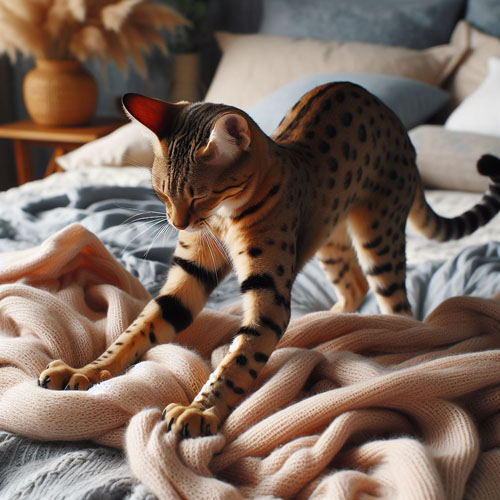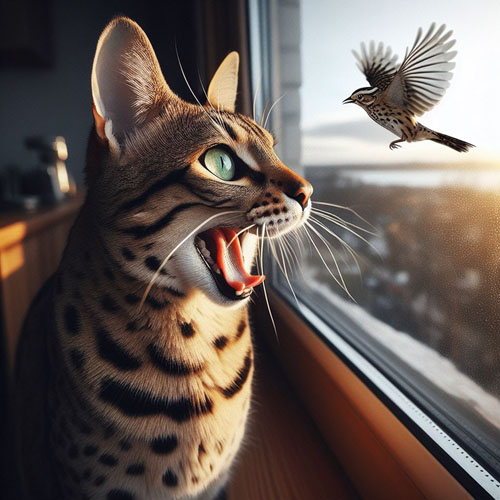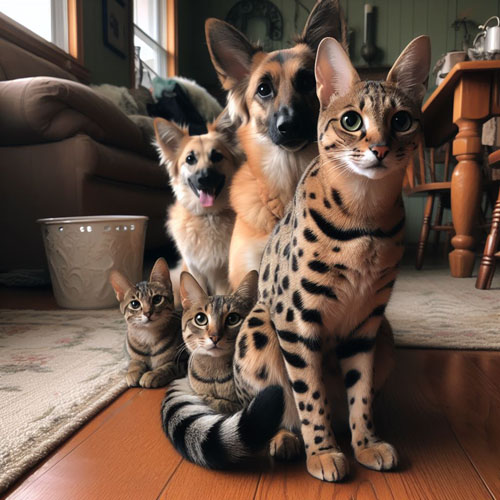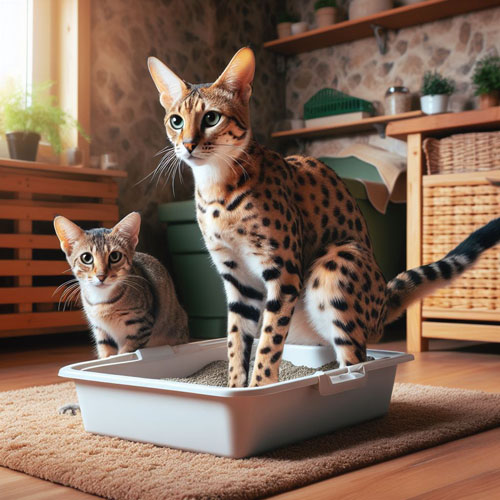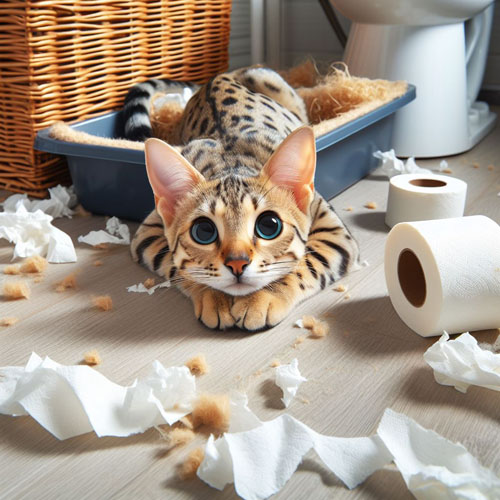Understanding Feline Marking Behaviors
For cat owners, dealing with feline spraying and marking can be quite a frustrating experience. Feline marking is a natural behavior that cats use to communicate with other cats, but it can often lead to issues within the household. In this article, we will delve deeper into feline spraying and marking, understanding why cats engage in this behavior and how to manage it.
Marking by Head Rubbing
- Feline marking by head rubbing is a common behavior among cats. Cats have scent glands on their heads and by rubbing their heads against objects or people, they leave behind pheromones that mark their territory. This behavior is a form of communication and can be seen as a sign of affection. Cats may also engage in head rubbing to establish social bonds with other cats. Understanding this behavior can help cat owners better understand and communicate with their feline companions.
Marking by Scratching
- This article discusses feline marking behavior through scratching. Cats use scratching as a way to mark their territory and communicate with other cats. Scratching leaves visual marks and releases pheromones that can be detected by other cats. This behavior is natural and serves several purposes for cats, including stretching, exercise, maintaining their claws, and releasing stress. Scratching can be a problem behavior when it occurs in undesirable areas, such as furniture or carpets. To redirect this behavior, cat owners can provide appropriate scratching posts and surfaces, use deterrents on unwanted areas, and trim the cat’s nails regularly.
Marking By Spraying Urine
- Cats engage in feline marking by spraying urine, which is a natural behavior for them. This behavior is often seen in intact cats, but can also occur in neutered or spayed cats. Spraying urine is a way for cats to communicate their territory and mark their scent. It can be triggered by various factors such as stress, territorial disputes, or the presence of other cats. To prevent or manage this behavior, it is important to provide cats with a suitable environment, such as multiple litter boxes and scratching posts, and to address any underlying stressors.
Feline spraying is the act of a cat releasing small amounts of urine to mark their territory. This is different from regular urination as it is not related to the need to eliminate waste. Instead, it serves as a territorial message to other cats, signaling that a particular area is theirs.
There are several reasons why cats engage in spraying and marking behaviors. One common reason is to establish their territory. Cats are highly territorial animals, and they use their urine to define their boundaries. This behavior is particularly common in households with multiple cats, where conflicts may arise over territory and resources.
Another reason for feline spraying is to attract a mate. Un-neutered male cats, in particular, are known for spraying as a means of advertising their availability to female cats. The scent left behind in the sprayed urine acts as a message to potential mates, indicating their reproductive status.
Stress and anxiety can also trigger feline marking behaviors. Cats are sensitive creatures, and changes in their environment, such as the addition of new pets or furniture rearrangement, can cause them to feel unsettled. In response, they may begin marking their territory as a way to cope with their anxiety.
Managing feline spraying and marking can be challenging, but there are strategies that can help. First and foremost, it is crucial to have your cat spayed or neutered. This not only reduces the likelihood of marking behaviors but also has numerous health benefits for your feline companion.
Creating a stimulating and enriched environment for your cat can also make a difference. Providing plenty of vertical spaces, scratching posts, and toys can help redirect their energy and ensure they feel content in their surroundings. Additionally, implementing a consistent routine for feeding, playtime, and interaction can help reduce stress and anxiety in your cat.
If feline marking continues to be a problem, it may be necessary to consult with a veterinarian or a cat behaviorist. They can assess the situation and provide tailored advice on behavior modification techniques or potential medical interventions if needed. It is crucial to address this issue promptly, as prolonged marking behaviors can lead to further stress and tension within the household.
In conclusion, understanding feline spraying and marking behaviors is essential for cat owners. By recognizing the reasons behind this behavior and implementing appropriate strategies, we can effectively manage and minimize the occurrence of feline marking. Remember, patience, consistency, and seeking professional guidance when needed are key to resolving this issue and creating a harmonious home for both you and your feline friend.
